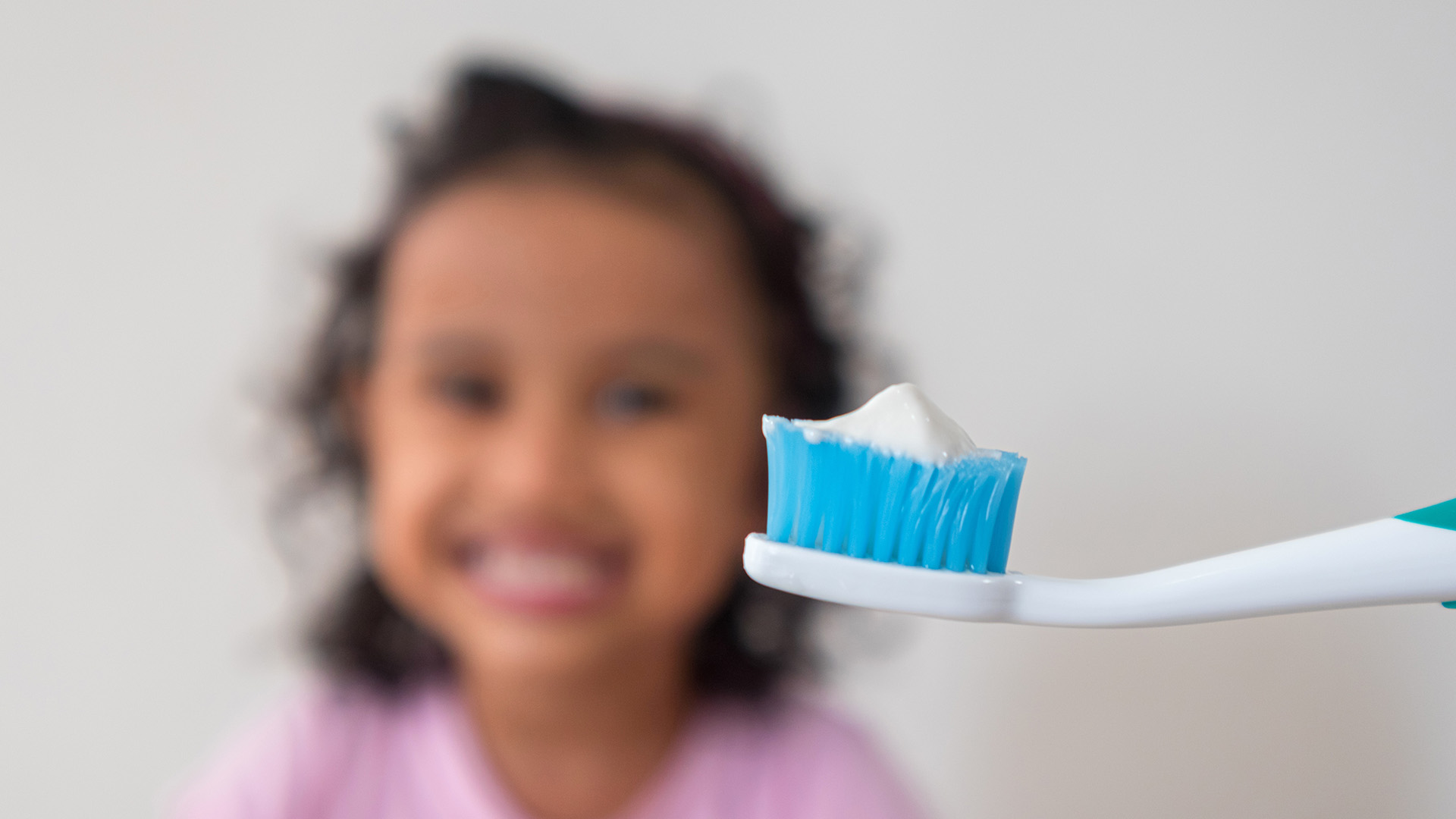Fluoride is a naturally occurring mineral that plays a pivotal role in maintaining dental health, particularly for children. As their teeth develop, fluoride helps in preventing cavities and fortifying enamel. However, it’s crucial for parents to be aware of the potential risks associated with fluoride use. Knowing how to safely integrate fluoride into your child’s oral care routine is vital for optimizing its benefits and mitigating any adverse effects. This article delves into the nature of fluoride, its advantages for children, possible risks, and guidelines for safe usage, equipping you with the knowledge to make informed decisions about your child’s dental well-being.
Understanding Fluoride
Fluoride is derived from fluorine, a highly reactive chemical element, primarily existing as fluoride ions (F–). These ions are renowned for their ability to reinforce tooth enamel and reduce cavity risk. Fluoride’s chemical properties allow it to bind effortlessly with calcium and phosphate, essential components of teeth, enhancing their resilience against decay.
Natural fluoride sources abound in soil, water, and certain foods like tea, fish, and some fruits and vegetables. Many communities also fluoridate their water supply to foster dental health, particularly among children susceptible to tooth decay. In dental care, fluoride is a staple due to its proven cavity-prevention benefits, featured in toothpaste and mouth rinses where it promotes enamel remineralization and inhibits harmful bacteria growth. Dentists often recommend fluoride treatments for children to provide additional protection during critical tooth development years. Understanding fluoride’s role in dental health empowers parents to make informed decisions about their children’s oral care, ensuring bright and healthy smiles.
Benefits of Fluoride for Children
Fluoride is essential in preventing tooth decay, making it a crucial component of children’s oral health care. Incorporating fluoride into their dental regimen can significantly reduce cavity risk, a prevalent childhood health issue. Fluoride functions by remineralizing tooth enamel, reversing early decay signs, and inhibiting harmful bacteria growth in the mouth.
One major benefit of fluoride is its enamel-strengthening ability. When applied to teeth, fluoride integrates into the enamel structure, enhancing resistance to acid attacks from plaque bacteria and food sugars. This improved durability is vital for developing children’s teeth, which are more prone to damage.
Furthermore, fluoride fosters overall oral health by promoting a healthier mouth environment. Adequate fluoride intake not only prevents cavities but also supports the development of robust, healthy teeth. This comprehensive dental care approach lays the groundwork for lifelong good oral hygiene practices. By understanding fluoride’s benefits, parents can make informed choices to safeguard their children’s smiles and ensure they grow up with healthy teeth.
Risks and Concerns Associated with Fluoride
Despite fluoride’s widespread acclaim for dental benefits, particularly in cavity prevention for children, excessive exposure poses potential risks. A primary side effect of overexposure is dental fluorosis, which can result in discolored or mottled teeth. This condition typically arises when children ingest high fluoride levels during early tooth development.
Moreover, various myths and misconceptions about fluoride can alarm parents, leading them to ask, “Is fluoride bad for you?” Some perceive fluoride as solely harmful, advocating for its complete avoidance. Nonetheless, when used appropriately, fluoride significantly reduces dental decay incidence. Educating and raising awareness are crucial in dispelling these myths, enabling parents to make informed dental care decisions.
Studies have suggested links between excessive fluoride exposure and health issues like skeletal fluorosis and thyroid problems. However, these cases generally stem from abnormally high fluoride levels, not the controlled amounts in community water supplies or dental products. Parents must adhere to recommended fluoride guidelines and consult dental professionals to ensure safe and effective fluoride usage for their children’s oral health.
Safe Usage of Fluoride for Children
Fluoride is a vital tool for maintaining children’s dental health, but safe usage is paramount. Recommended fluoride levels vary by age to ensure effectiveness while minimizing risk. For children under 3, a smear of fluoride toothpaste (about the size of a grain of rice) is advised. For ages 3 to 6, a pea-sized amount is adequate. Children aged 6 and older can use fluoride toothpaste as directed, but supervision is recommended to prevent swallowing.
Establishing a routine when using fluoride toothpaste is crucial. Encourage children to brush twice daily, especially before bedtime, using age-appropriate toothpaste amounts. Teaching them to spit out toothpaste rather than swallowing it helps reduce excess fluoride intake.
For families in non-fluoridated areas, alternative fluoride sources may be needed. Options include fluoride supplements prescribed by pediatric dentists or community water fluoridation programs. Foods and beverages like tea and seafood naturally contain fluoride. Consulting a dental professional is vital to identify the best fluoride sources for your child’s specific needs, ensuring their safety and dental health.
Frequently Asked Questions about Fluoride
Fluoride is essential for children’s dental health, but parents often have questions about its safe and effective use. A common inquiry is when children should start using fluoride products. The American Dental Association recommends starting fluoride toothpaste when the first tooth erupts, typically around six months of age. Supervision is crucial to ensure young children use only a pea-sized amount and do not swallow it.
Concerns about fluoride safety in drinking water also arise, prompting the question: “Is fluoride bad?” In the U.S., community water supplies are often fluoridated to reduce cavities. The CDC supports fluoridated water use, deeming it safe and effective for dental health at recommended levels. Parents should check local water authority fluoride levels for assurance.
If a child accidentally ingests excess fluoride, prompt action is vital. Symptoms may include nausea, vomiting, or stomach pain. In such cases, parents should contact a pediatrician or poison control center for guidance. Keeping fluoride products like toothpaste and mouth rinses out of children’s reach helps prevent accidental ingestion.
